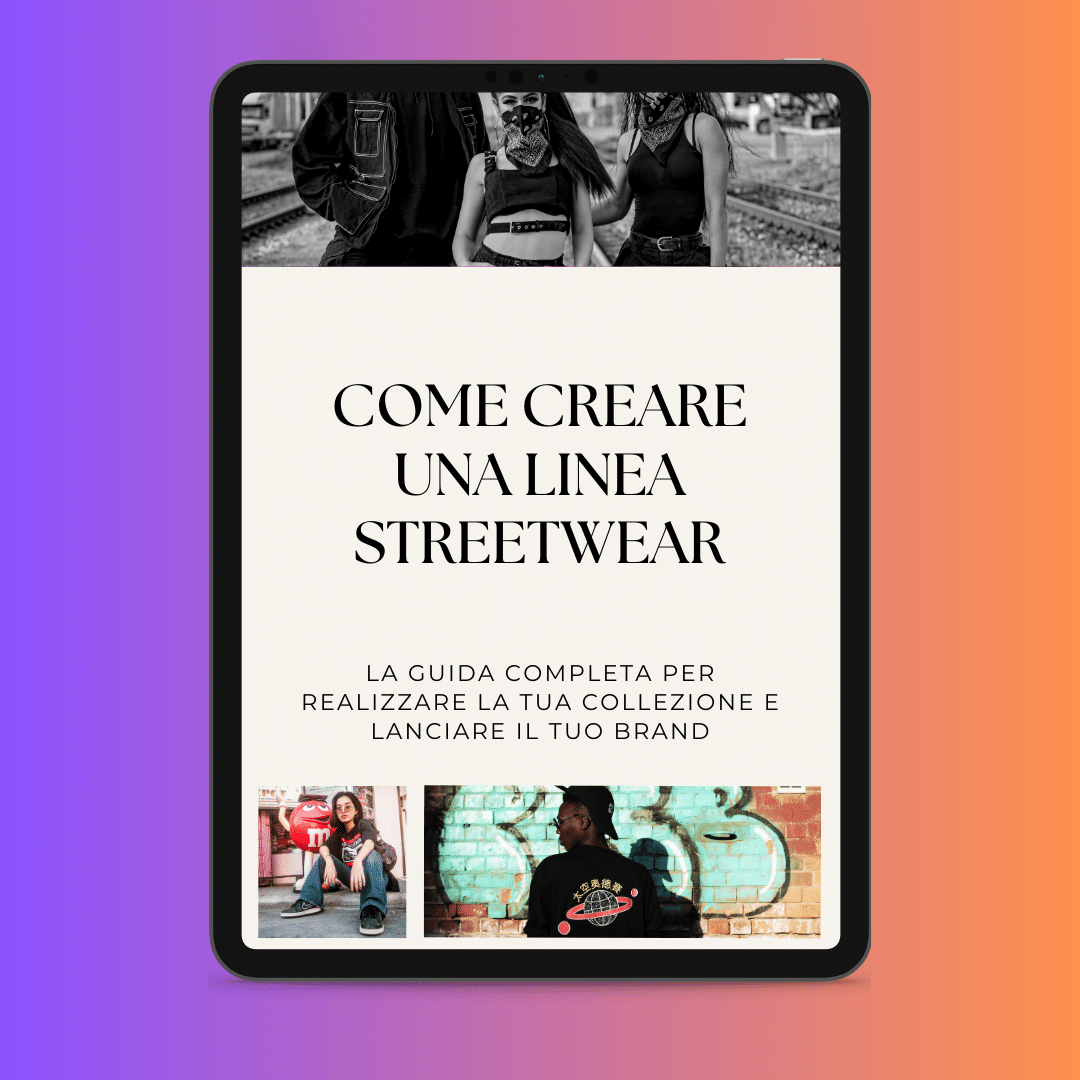Table of Contents
How to create a Streetwear line:
In this article we discuss an issue that is always present in our work as a style office: creating a Streetwear line. Have you ever wondered how a Streetwear brand is born and what the steps are to become a successful designer in this world? Let's understand together what is meant when talking about this particular type of fashion collection, discover the designers who have made history, the iconic garments and some practical advice for standing out in this market. I am Corrado Manenti and I will be your guide on this journey!
Let's start with a big consideration streetwear is more than just a trend fashion; it is a cultural phenomenon that has its roots in urban culture, hip-hop music and the world of skateboarding. But despite having its roots in the 1980s, it is still very much in vogue and is a macro trend that has influenced the way fashion is done by every contemporary designer. It would seem to be a joke:
In fashion everything passes, ... streetwear does not!
Big names such as Virgil Abloh of Off-White e James Jebbia of Supreme have become milestones in this field, proving that streetwear is a bridge between high fashion and street culture. It sounds like an oxymoron but it's always in fashion, it's liked and above all it continues to sell!
Their creations not only reflect an aesthetic, but also tell stories, expressing a message or an idea. But what are those garments that have made the streetwear phenomenon so iconic and irresistible?
The world of streetwear has its peculiarities.
It is a combination of fashion, urban culture and often music. It started as a niche phenomenon and became mainstream.
But how does it differ from activewear or traditional fashion?
What does 'expressing street style' mean? How is a streetwear business organised? What is the role of collaborations and limited editions? How can we sell products to a high symbolic price by virtue of their iconicity?
These are just some of the questions we will try to answer. And we will do so in the philosophy of Be A Designer or explain to designers and entrepreneurs how to create products that sell and are desired by our customers. Create a successful profitable business that allows you to live off your passions! To make the most of these tips and get the most out of the our method you have two solutions:
1) ENROL IN OUR FASHION BUSINESS ACADEMY: The first online academy dedicated to the world of fashion and entrepreneurship, where you can independently learn the basics of creating your own project. Here you will find all the information you need to register for a special price
2) CREATE A COLLECTION WITH US: We will take your idea and turn it into something great, make your brand and products ready to be sold for you. You can book a free call with me and my team at any time by clicking HERE.
Whether you decide to learn how to do it yourself or you want to have your own brand followed in this article I will try to reveal some secrets to creating an authentic and representative streetwear line.
We will use our tool, the Fashion Business Designer™designed by me to make the whole process more streamlined and understandable. [Find the article describing it in detail here] but don't worry you will get to know it!
Are you ready? Let's get started!
BE A DESIGNER'S PORTFOLIO OF OUR LATEST PROJECTS STREETWEAR
SUBSCRIBE TO THE NEWSLETTER AND DOWNLOAD FOR FREE:
Click on the button below
and follow the instructions:
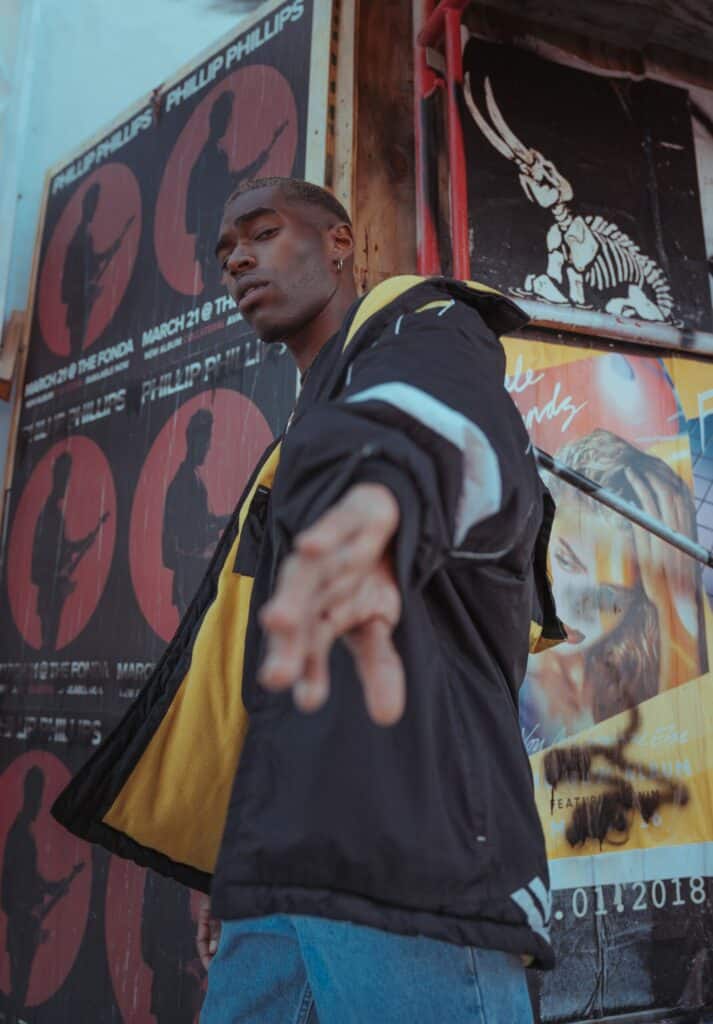
Introduction to the Streetwear phenomenon
Streetwear, at first glance, may appear to be simply another fashion style. However, it is much more than a trend or an item of clothing: it is a cultural movement. That is why it has become a way of expressing oneself, a philosophywhich has radically influenced NOT only fans and devotees but also many fashion and luxury brands. Unlike passenger market trends, streetwear has existed for almost 40 years and enjoys excellent health!
Born in the 1980s and 1990s on the streets of New York, Los Angeles and Tokyo, streetwear has its roots in hip-hop culture, skateboarding, and elements taken from punk culture. But, over time, it has absorbed influences from countless subcultures, from music to street art.
The true appeal of streetwear lies not only in its bold and often provocative designs, but in its ability to tell stories. Every graphic T-shirt, every limited edition trainer, and every baseball cap tells a story of rebellion, individuality and belonging. These are not just clothes: they are declarations of identity.
Over the years, what started as a small counterculture movement has turned into a giant industrywhich saw some of the streetwear brands that have become true giants of the industry appear on the international fashion scene. But despite its immense commercial success, streetwear has retained its authentic soul, staying true to its street roots.
And it is this unique mix of culture, fashion and history that makes streetwear so irresistible and relevant. Each new garment represents a fusion of the past and the present, of art and commerce, of the individual and the community. And in this intricate interweaving lies the magic of streetwear.

BE A DESIGNER'S PORTFOLIO OF OUR LATEST PROJECTS STREETWEAR
SUBSCRIBE TO THE NEWSLETTER AND DOWNLOAD FOR FREE:
Click on the button below
and follow the instructions:
Designers who have left an indelible mark on streetwear:
Streetwear is a phenomenon that has challenged tradition, bringing new ideas and a fresh breeze of rebellion to the fashion world. Many of the leading figures in this segment did not have a traditional fashion background, but emerged directly from the streets, with a bold and authentic vision that soon made them successful designers. Here are some of the designers and brands that have defined and shaped the essence of streetwear:
Shawn StussyConsidered by many to be one of the founding fathers of streetwear, Shawn Stussy began his career designing and selling surfboards. His stylised signature, which later became the logo of his eponymous brand, 'Stüssy', was engraved on surfboards before appearing on t-shirts and caps. Stüssy experimented with various styles, from reggae to punk, and was one of the first to fuse the skate aesthetic with fashion.
James Jebbia and SupremeFounded in 1994 in New York, Supreme has become synonymous with luxury streetwear. Although initially focused on skate culture, the brand has become a global icon, collaborating with artists, musicians and even high fashion brands such as Louis Vuitton.
Virgil Abloh: From being a DJ and art consultant for Kanye West, Abloh created 'Off-White', a brand that mixes streetwear aesthetics with elements of high fashion. Its diagonal stripes and inverted commas have become recognisable symbols worldwide. Later, Abloh became the artistic director for Louis Vuitton's men's collections, further breaking down the barriers between high fashion and streetwear.
NigoFounder of the BAPE (A Bathing Ape) brand, Nigo has brought Japanese streetwear to global prominence. With its distinctive camo, full-zip hoodies and collaborations with artists such as Pharrell Williams, BAPE has become a mainstay in streetwear.
Yohji Yamamoto and adidas: Although Yamamoto was already an established haute couture designer, his collaboration with adidas, called Y-3, helped define the current wave of 'athleisure' and luxury streetwear. Y-3's minimalist yet extravagant designs have influenced many brands that have followed.
These designers and brands have done more than anyone else to shape the face of streetwear, proving that fashion can emerge from the streets and influence the world.
Their boldness, originality and ability to capture the essence of a moment through a creative approach have ensured them a place in the Olympus of fashion by legitimising themselves alongside 'traditional' brands and designers.
And while streetwear continues to evolve, the legacy of these pioneers remains indelible.
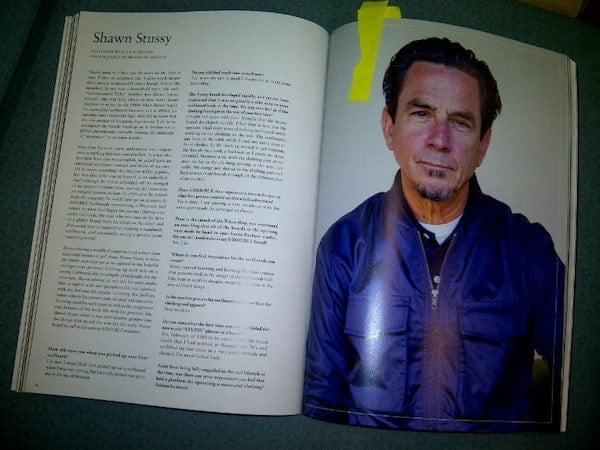
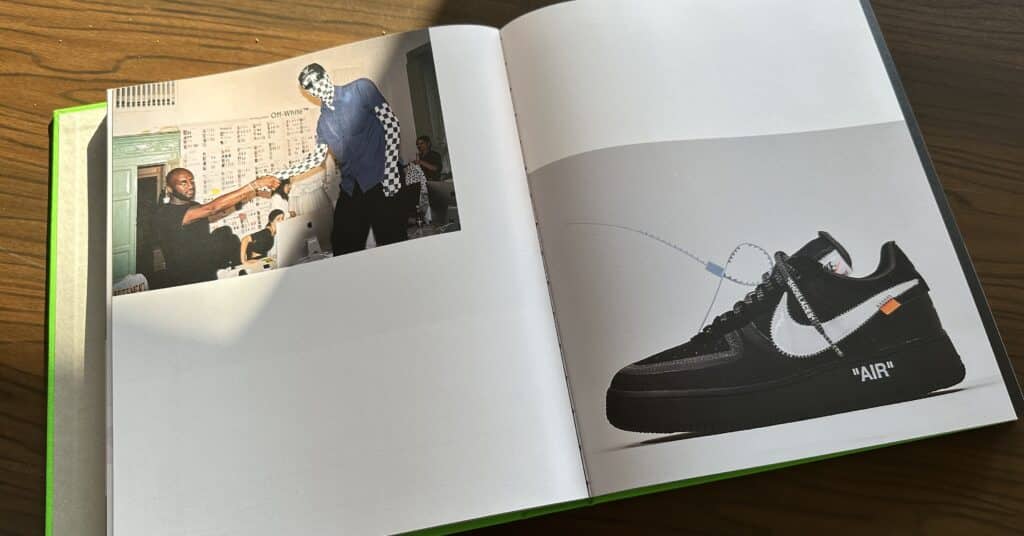
Events and Culture underpin a mass phenomenon:
Streetwear culture, born in the 1980s, has had numerous events and cultural influences that have helped shape and define its essence and direction. From designers and entrepreneurs we need to understand how our target market has evolved over time.
Here are some of the most significant events and cultural movements that have influenced streetwear culture and fashion:
- The Rise of Hip-Hop: During the 1980s and 1990s, hip-hop emerged not only as a musical genre, but also as a cultural movement. Artists such as Run DMC wore Adidas Superstars without laces, while other rappers sported brands such as Tommy Hilfiger, Polo Ralph Lauren and later, P. Diddy's Sean John, turning these brands into streetwear icons.
- Skate cultureBrands such as Vans, Stussy and Supreme were born directly out of skate culture, combining street style with authenticity.
- Basketball and trainers: Michael Jordan launched his iconic Air Jordans in the 1980s, and since then the sneakers have become a staple in streetwear. Trainer culture grew in parallel, with people queuing up for hours to get the latest release.
- The punk movement: Although different from hip-hop, punk influenced streetwear with its rebellious attitude, DIY (do-it-yourself) and bold graphics. Think brands like Thrasher.
- Japanese influenceBrands such as BAPE (A Bathing Ape), Comme des Garçons and Neighbourhood have brought a unique and innovative aesthetic to streetwear, mixing traditional influences with contemporary designs.
- The digital age and the birth of Hypebeast: With the advent of the internet and social media, streetwear culture has gone global. Hypebeast, which started as a blog, has become a barometer for the latest trends in streetwear.
- Luxury collaborations: 2017 saw one of the most significant collaborations when Louis Vuitton teamed up with Supreme for a collection. This marked a recognition by the world of high-end fashion of the relevance and impact of streetwear.
- The rise of 'drop cultureThe idea of limited releases, often marketed as 'drops', has become a standard strategy in the world of streetwear. These drops create urgency, exclusivity and hype around products.
- Activism and streetwearBrands such as Patagonia and The North Face have started to integrate sustainability and activism messages into their design and marketing, reflecting a growing social awareness among consumers.
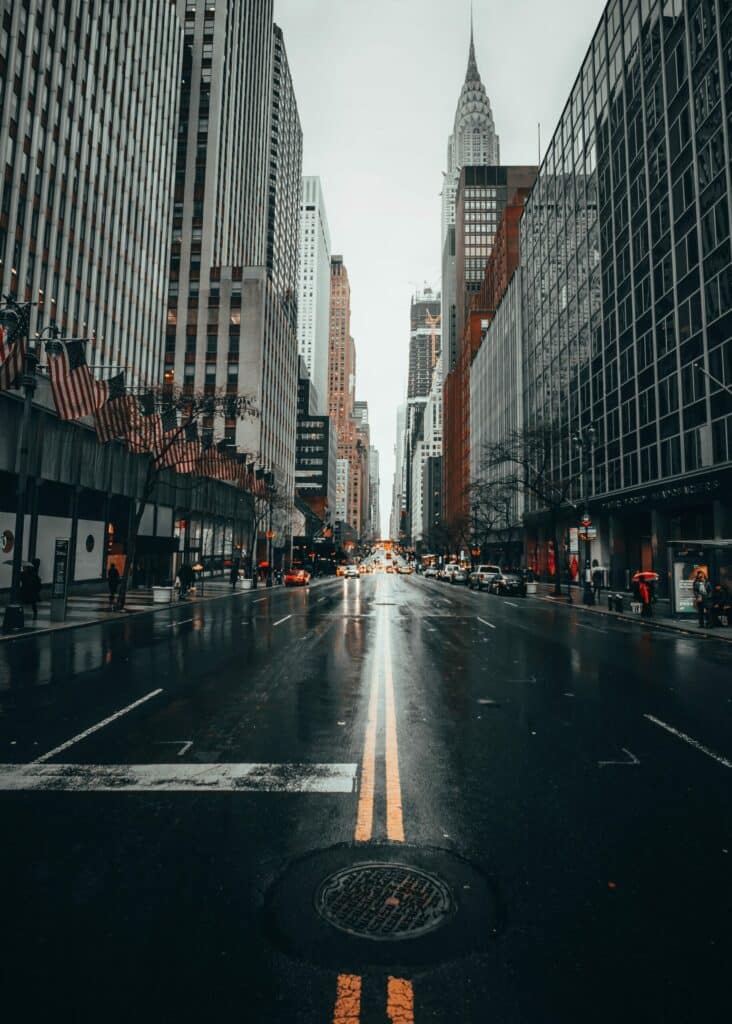
Brand Design: How to Build Your Streetwear Brand
Creating a successful streetwear brand starts with clearly defining your brand identity. This means understanding not only the design and fashion product you want to offer, but also the story and values you want to communicate to your customers.
Over the years, at Be A Designer, we have found that the most resonant brands are those that authentically connect with their audiences through a coherent narrative and a distinctive image. Consider these fundamental elements:
Vision and Values: What is the philosophy behind your brand? What makes it unique?
Target Audience: Who do you want to reach? What are their interests, lifestyles and preferences?
Brand History: Every brand has a story. What is yours and how can you tell it in an engaging way?
In the following sections, I will guide you through the process of developing these key elements, laying the foundation for a streetwear brand that truly resonates with your audience.
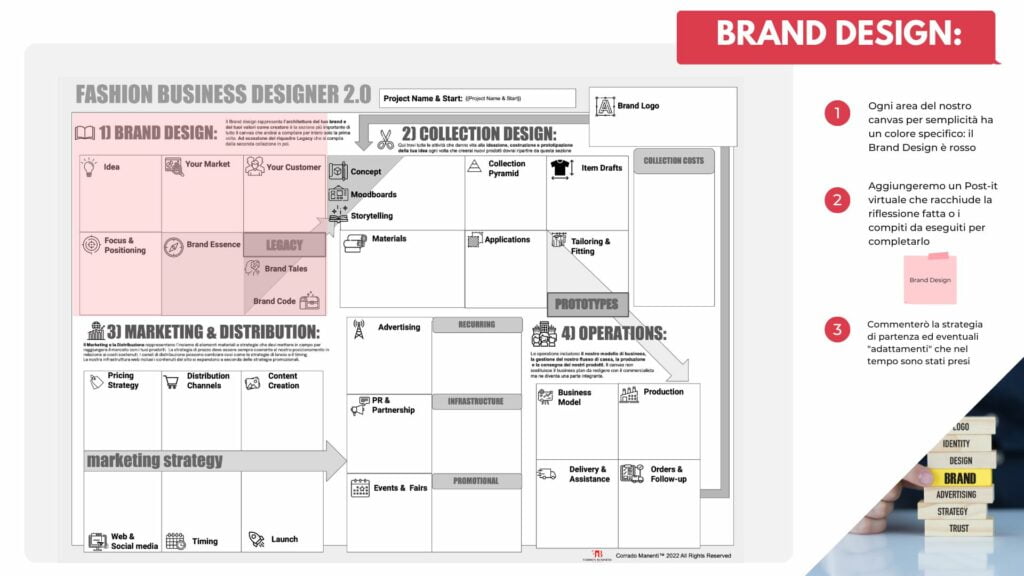
Collection Design: Elements of a Streetwear Collection
The streetwear aesthetic is a fascinating fusion of urban subcultures, musical influences and references to past trends. At the core of this style is a constant challenge to traditional fashion conventions, resulting in bold and often countercultural choices.
A cornerstone of the streetwear aesthetic is the 'oversize' approach.
This trend of intentionally wider and longer garments is not just a style choice, but represents an attitude: a statement of comfort, nonchalance and a slight rebellion against traditional tailored silhouettes.
In stark contrast if you were to create an activewear/sports line as we have seen in this in-depth study.
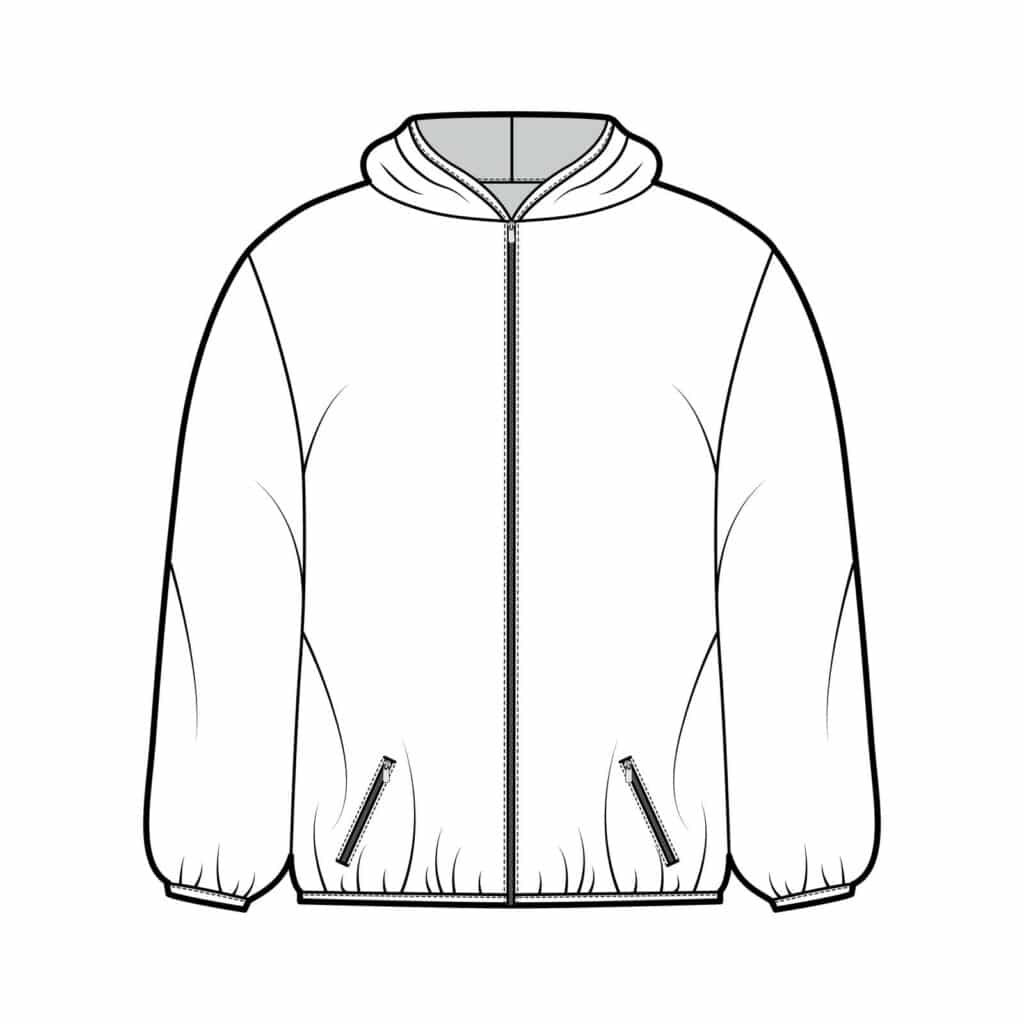
BE A DESIGNER'S PORTFOLIO OF OUR LATEST PROJECTS STREETWEAR
SUBSCRIBE TO THE NEWSLETTER AND DOWNLOAD FOR FREE:
Click on the button below
and follow the instructions:
Prints play a crucial role, often featuring bold graphics, provocative messages or pop culture references, conveying the identity and attitude of the wearer.
It is not uncommon to see reinterpreted logos, iconic images and even street art transferred directly onto garments. Materials such as ripped denim, heavy cotton and nylon are often featured, offering a mix of functionality and style.
Accessories such as baseball caps, chunky trainers and gold chains complete the ensemble and further enrich the visual language of streetwear.
All in all, the streetwear aesthetic is a celebration of individualism, a melting pot of diverse influences that come together to create something unique, relevant and constantly evolving.
Graphic T-shirts: The beating heart of streetwear. A canvas to express ideologies, passions and affiliations. Supreme's box logo T-shirts, for example, have become symbols of status in the world of urban fashion.
Hoodie: Comfortable and always up-to-date, often embellished with eye-catching logos or graphics, such as the Bape and Champion sweatshirts.
TrainersMore than just an accessory, they have become true collectable works of art. The Yeezy by adidas, designed by Kanye West, is an emblematic example.
Baseball caps and caps: Not just to protect against the sun, but real style statements. New Era caps are a prime example.
Cargo shorts and joggers: Functionality and style come together in garments like Carhartt's cargo shorts, essential in the streetwear wardrobe.
Jackets: Jackets, such as the MA-1 bomber jacket by Alpha Industries, not only protect against the cold, but also add a touch of class to any outfit.
Accessories: Backpacks and shoulder bags, such as those by Herschel Supply Co., complete the look and are often used to express individuality and belonging.
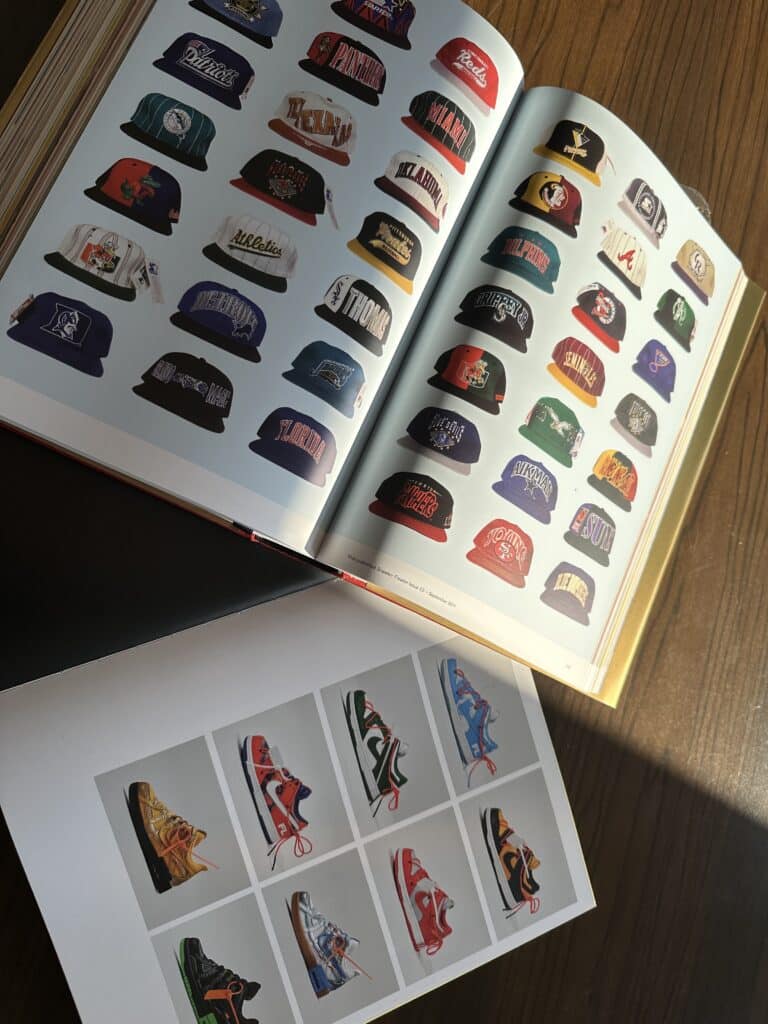
Artificial Intelligence and Graphic Design in Streetwear
We can undoubtedly say that 2024 was a crucial year in the development of artificial intelligence. If before they were merely abstract concepts relegated to some science fiction film inspired by Philip Dick's fiction (Remember I Robot?) Today they have become not only an everyday reality but an useful tool also for our way of creating objects and developing new ideas.
If we used to have to be expert graphic designers/illustrators to 'throw down' our ideas on paper or Illustrator, today, thanks to artificial intelligence (or rather a combination of them) we can create unimaginable original graphic images! And since we are talking about how to create a streetwear brand, the role of graphics and images is crucial!
I also talked about it in my recent webinar:ì entitled: "Fashion & AI" where I show you the whole process. You can find it inside the FASHION BUSINESS ACADEMY. Where there is also a practical course that teaches you how to do it. Whether you are sceptical or enthusiastic about AI know that one thing is certain:
Artificial Intelligence is already HEREWe can in no way hold them back or hinder their progress, we can only ask ourselves how they can help us do our job better.
Just look at the pictures below to see the potential!
Obviously between generating a beautiful image and then using it effectively on a t-shirt / sweatshirt there is a gulf. Although it is easy to create images and then use them, we have to edit and 'vectorise' them otherwise we risk the effect not being the desired one!
But the use of artificial intelligences such as Midjourney can really help you in coming up with ideas, your own aesthetic and not least in making your moodboards! Remember that this is one of the key activities especially at the beginning of your creative process.
If you want to know more I talked about it in detail in this article.
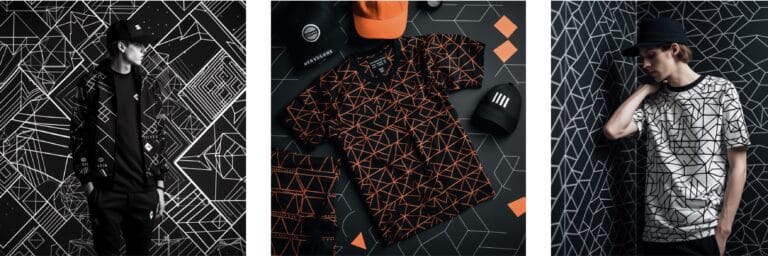
10 Lessons from the Masters of Streetwear:
The lessons we can learn from the 'streetwear greats' are innumerable. These pioneers not only defined a segment of fashion, but also redefined the rules of the industry. Here are some crucial lessons an up-and-coming designer can learn from their paths:
Authenticity first: Most successful streetwear designers have drawn inspiration directly from their own experiences, cultures and communities. They did not try to emulate pre-existing trends, but brought their authentic visions and voices into fashion.
Daring is necessary: Many of these designers took unconventional approaches, experimenting and pushing the boundaries of what is acceptable or expected in fashion. Innovation and the desire to differentiate themselves have been fundamental to their success.
Collaborations are powerful: Whether collaborating with artists, musicians, other brands or even completely different sectors, partnerships can lead to fresh ideas and expand the reach of a brand.
Listen and involve your communitySupreme, for example, has created a cult around its brand through a strong connection with its fan base. Interacting with its community and responding to their needs is crucial.
Quality and consistency are key: Despite fluctuating trends, maintaining consistent quality and staying true to the brand's core principles helps build long-term trust and loyalty among consumers.
Keeping up with the times: While it is essential to remain authentic, it is equally important to remain relevant. This means being aware of changing cultural and social dynamics and adapting one's vision and products accordingly.
The brand narrative is powerfulCreating and maintaining a consistent story or brand identity can help build an emotional bond with the public. The story behind a brand makes products more than just material objects.
Recognising and embracing one's roots: Even with global success, many big streetwear brands remain true to their roots, celebrating and drawing on where they began.
Adaptability: The world of fashion is changing rapidly. The ability to adapt, both in terms of design and business strategy, can determine long-term success.
The importance of accessibility: While rarefaction may create desire, ensuring that there is always something accessible for the average fan ensures a constant and loyal customer base.
Ultimately, the biggest lesson we can learn is that, with passion, vision and determination, it is possible to challenge convention and create something transcendental. Emerging designers must find their own unique path, but they can look to the 'streetwear greats' for inspiration and guidance.
Conclusion:
As we have seen in this article, the journey in the world of streetwear is one of continuous innovation and authenticity. The greats of the industry have taught the importance of staying true to one's roots, daring with new ideas and collaborating to broaden one's perspectives.
Remember, success in the streetwear industry comes not only from a strong creative vision, but also from the ability to combine this creativity with quality production and a effective marketing strategy.
Are you ready to embark on this exciting journey into the world of streetwear fashion? Do not hesitate to join us! Your path to success starts now, and we are here to guide you every step of the way.
BE A DESIGNER'S PORTFOLIO OF OUR LATEST PROJECTS STREETWEAR
SUBSCRIBE TO THE NEWSLETTER AND DOWNLOAD FOR FREE:
Click on the button below
and follow the instructions:

